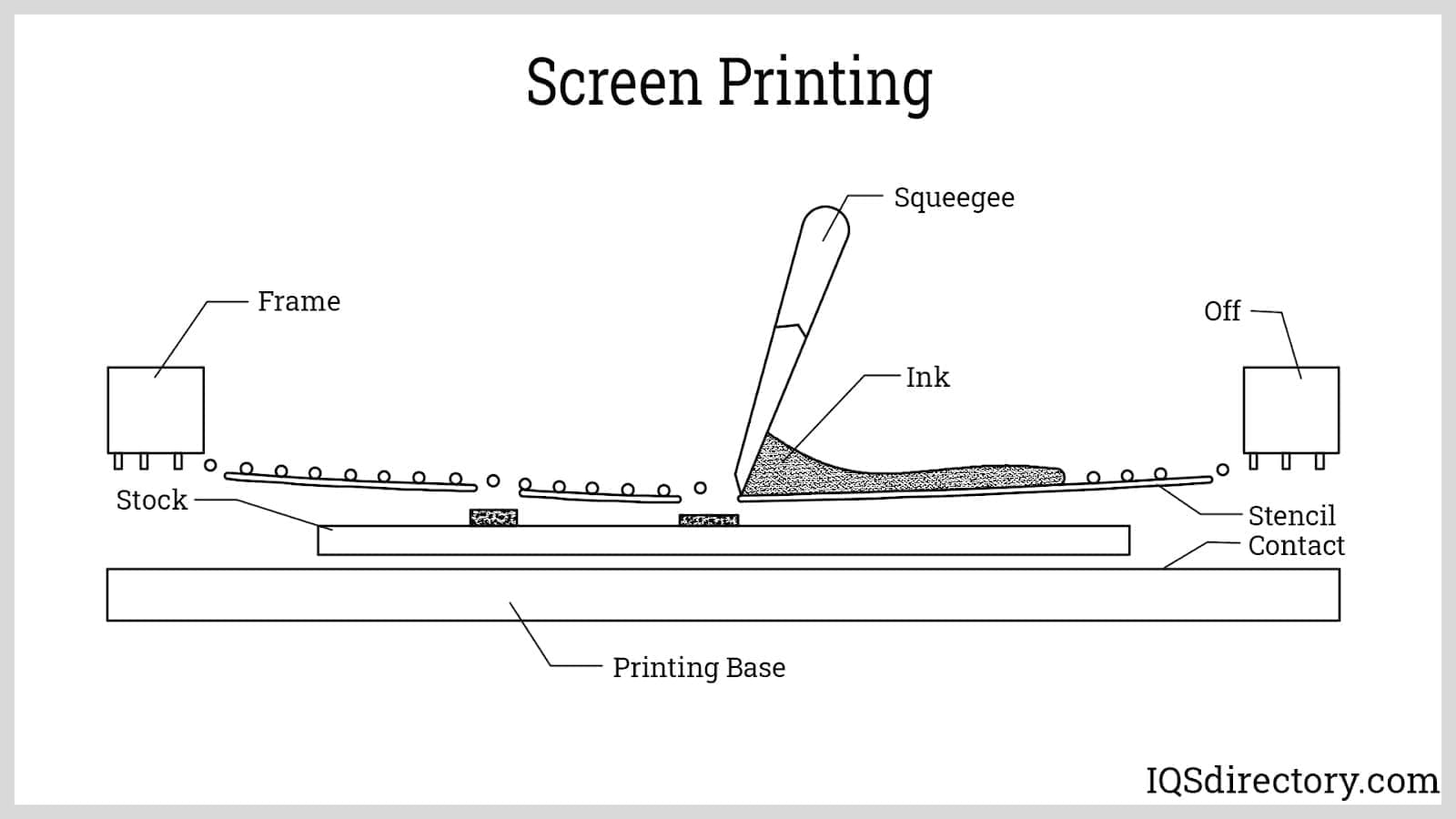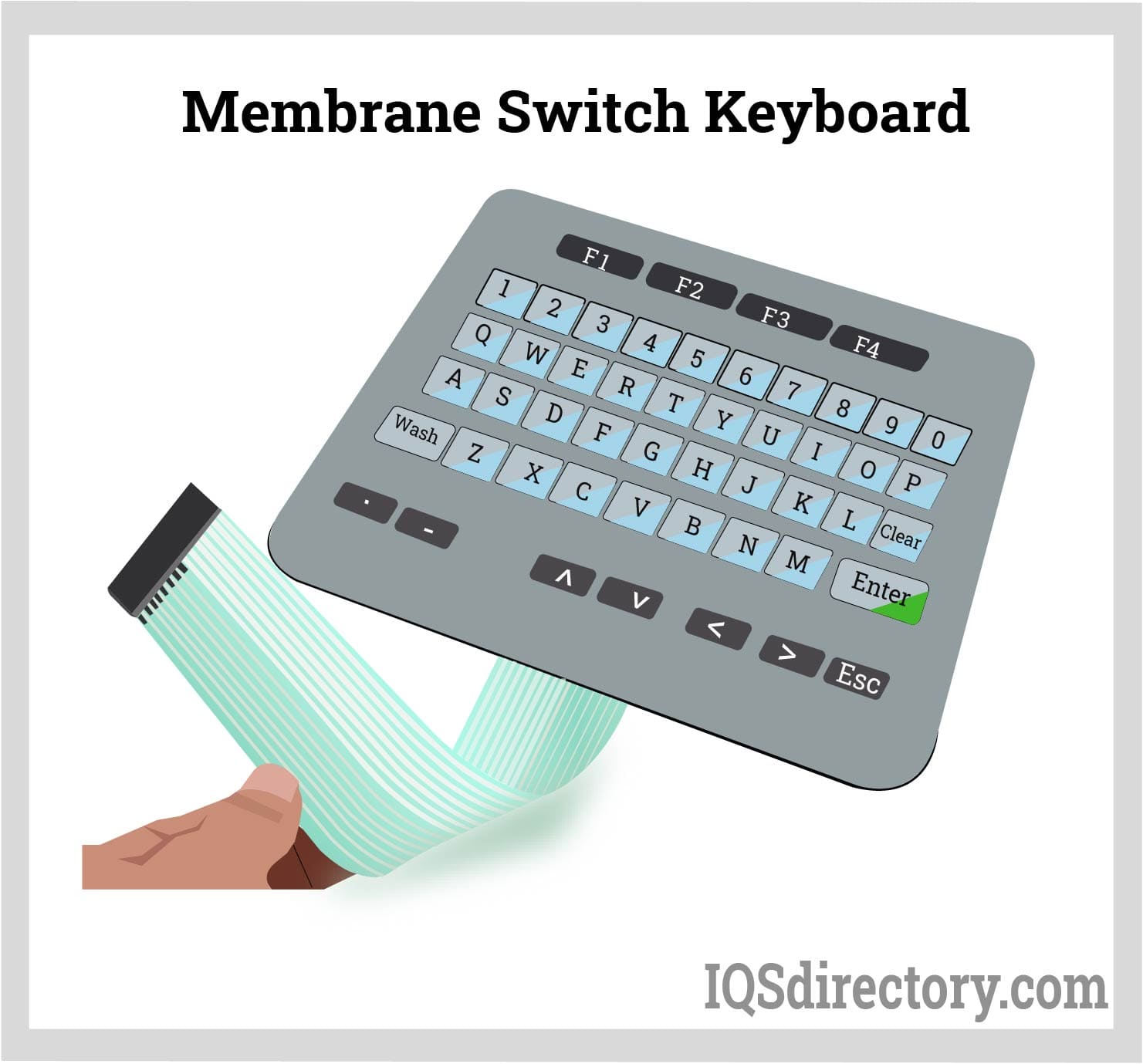What engineers need to know about membrane switch for medical tools
Wiki Article
Comprehending the Value of Membrane Change in Modern Electronic Devices
Membrane layer switches are integral components in modern-day digital tools. They supply a blend of performance and layout that improves customer interaction. Their durable and light-weight nature makes them suitable for various applications. As markets evolve, the need for customization and advanced functions expands. Comprehending how membrane layer switches over add to innovation exposes their value in shaping the future of electronic devices. What lies ahead for this innovation?The Basics of Membrane Layer Switch Over Technology
Typically overlooked, membrane layer button innovation plays an essential function in the modern-day electronics landscape. These tools, composed of several layers, function as interface for numerous electronic items, varying from household devices to medical devices. A regular membrane button includes a graphic overlay, a spacer layer, and a circuit layer, which are diligently put together to develop a functional interface.When pressure is used to the overlay, the circuit layer is finished, allowing signals to be transferred to the gadget. This modern technology is known for its adaptability, enabling personalization in style, performance, and form to satisfy details customer demands. Additionally, membrane switches are thin and lightweight, making them ideal for applications where room is a premium. Their sturdiness and resistance to ecological variables further enhance their allure, ensuring they can withstand severe conditions while keeping performance. On the whole, membrane button modern technology is essential to developing reliable and easy to use electronic tools
Trick Benefits of Membrane Layer Switches Over
Membrane layer changes offer a number of vital advantages that make them a recommended choice in different electronic applications. Their design permits a compact kind factor, making it possible for manufacturers to develop streamlined and light-weight gadgets. In addition, membrane layer buttons are resistant to dirt, moisture, and chemicals, which boosts their longevity and durability sought after settings. The tactile responses offered by these buttons can enhance customer experience, making them user-friendly and very easy to operate.Furthermore, membrane buttons can be customized with diverse graphics and shades, enabling special branding opportunities. The manufacturing procedure is generally economical, especially for high-volume production, as it lowers assembly time and streamlines layout. Lastly, membrane layer switches require very little upkeep, contributing to lower total operational costs. These advantages underscore their growing appeal in modern-day electronics, where reliability and easy to use user interfaces are vital.
Applications Throughout Various Industries
The versatility of membrane layer changes allows their widespread fostering across numerous sectors. In the medical area, they are frequently used in analysis equipment and person tracking systems, offering a long lasting interface immune to contaminants. The auto industry uses membrane switches for control panel controls, boosting customer experience with streamlined layouts that endure harsh problems. In consumer electronic devices, they act as control board for devices such as microwaves and coffee manufacturers, offering a straightforward interface that is very easy to tidy. The aerospace industry uses membrane layer switches in cockpit controls, where integrity and space effectiveness are extremely important. Additionally, the industrial market leverages these buttons in machinery and control systems to ensure durable procedure popular environments. This broad series of applications emphasizes the adaptability of membrane switches, making them important parts in boosting functionality and individual interaction across diverse technical landscapes.Customization and Style Versatility

Future Fads in Membrane Layer Switch Over Advancement
Arising patterns in membrane button growth show an expanding emphasis on enhanced functionality and integration with clever modern technologies. As customer demand for extra innovative electronic devices boosts, suppliers are focusing on producing membrane layer changes that not just serve basic functional roles but also include attributes like touch level of sensitivity, backlighting, and haptic feedback.Furthermore, improvements in materials are expected to boost toughness and ecological resistance, making membrane switches over appropriate for diverse applications in sectors such as health care, automotive, and customer electronics. The integration of capacitive touch modern technology is likely to come to be a lot more prevalent, enabling sleeker styles and boosted individual interfaces. membrane switch.Additionally, the rise of the Web of Things (IoT) is motivating the advancement of membrane layer changes that can communicate wirelessly with various other devices, enhancing interconnectivity. Generally, the future of membrane button technology shows up promising, driven by advancement and the pursuit of easy to use solutionsOften Asked Questions
Exactly How Do Membrane Layer Changes Contrast to Traditional Mechanical Switches?
Membrane layer switches, being much more space-efficient and supplying a sleek style, comparison with conventional mechanical buttons that supply tactile comments. The previous often include customizable graphics, while the latter usually guarantee toughness and reliability in different applications.What Products Are Generally Used in Membrane Layer Change Manufacturing?
Membrane layer buttons are generally created making use of materials such as polyester, polycarbonate, and printed conductive inks. These materials offer adaptability, durability, and responsiveness, making them suitable for various applications in digital devices and user interfaces.Can Membrane Switches Be Fixed or Recycled?
Membrane layer switches can frequently be repaired, particularly if small problems occur, such as adhesive failing or article source surface damage. Nonetheless, full reuse is normally limited due to put on and prospective degradation of materials with time.
How Do Ecological Elements Affect Membrane Layer Switch Efficiency?
Environmental factors, such as exposure, moisture, and temperature to chemicals, considerably influence membrane layer switch performance. Severe conditions can cause degradation, influencing responsiveness view publisher site and longevity, eventually compromising the performance of the tool in various applications.What Is the Normal Lifespan of a Membrane Layer Switch?
The normal lifespan of a membrane button usually ranges from 1 to 5 million actuations, depending upon variables such as usage frequency, ecological conditions, and the materials utilized in production, impacting toughness and efficiency longevity. A common membrane layer button is composed of a graphic overlay, a spacer layer, and a circuit layer, which are carefully set up to develop a functional interface - membrane switch.When pressure is applied to the overlay, the circuit layer is completed, permitting signals to be sent to the device. The tactile feedback offered by these switches can improve customer experience, making them easy and intuitive to operate.Furthermore, membrane buttons can be customized with varied graphics and colors, allowing for unique branding opportunities. As customer need for extra innovative digital devices increases, manufacturers are see this page focusing on developing membrane layer switches over that not just offer fundamental functional functions but also incorporate features like touch sensitivity, backlighting, and haptic feedback.Furthermore, advancements in products are anticipated to boost longevity and ecological resistance, making membrane layer changes suitable for varied applications in sectors such as health care, vehicle, and consumer electronics. The assimilation of capacitive touch modern technology is likely to become more widespread, enabling for sleeker styles and boosted individual interfaces.Additionally, the rise of the Internet of Points (IoT) is triggering the development of membrane layer changes that can communicate wirelessly with various other gadgets, enhancing interconnectivity. Membrane layer buttons, being much more space-efficient and offering a streamlined design, comparison with standard mechanical switches that give tactile feedbackReport this wiki page